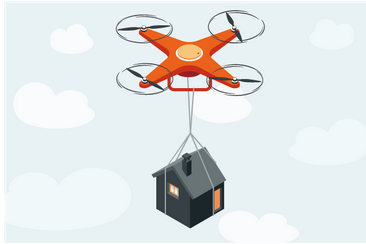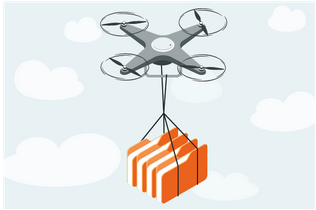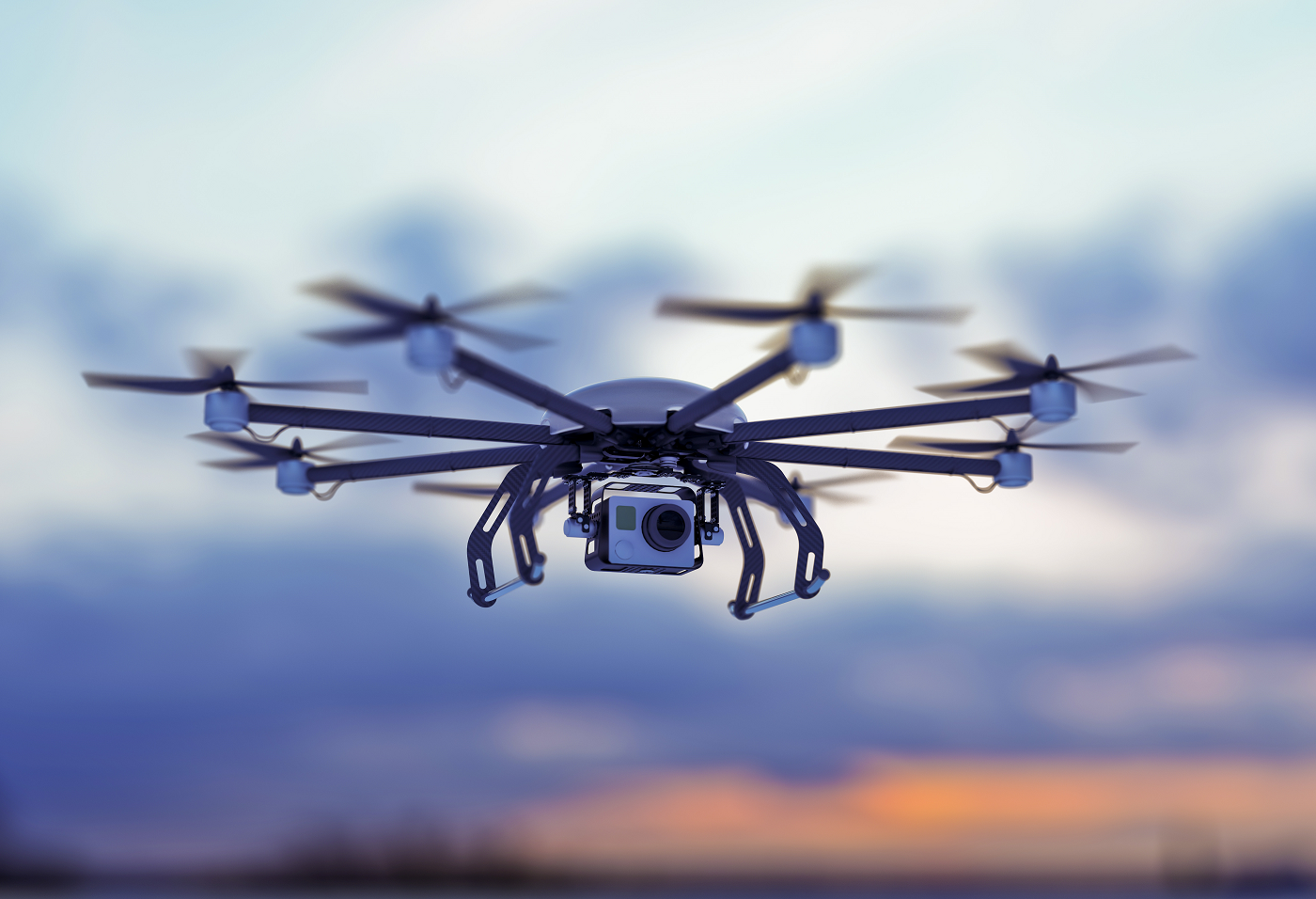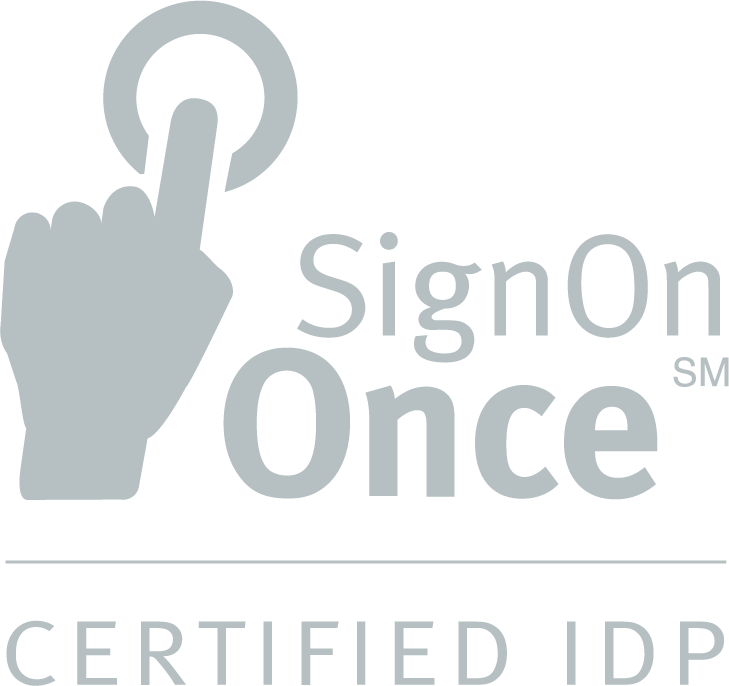For a time, it seemed like drones might be a passing fad, one that only the most tech-hungry people and companies would embrace. But as time has passed, more and more industries—including insurance—are noticing the benefits of drones for various purposes, prompted by necessity during the pandemic. Recent InsurTech reports reveal that property and casualty (P&C) insurers, in particular, are increasingly adopting these tools to provide better service to their clients, keep employees safer, and expedite the claims process.
The pandemic disrupts in-person claims process
Picture the predicament insurers found themselves in when the COVID-19 pandemic first emerged and social distancing became the new norm. These professionals relied heavily on in-person interaction to fulfill their everyday operations. For P&C insurers, in-person contact was critical to process claims, assess damage, and perform underwriting for the end-insureds. Then, basically overnight, everything had to change.
When the pandemic disrupted the way P&C insurers could perform day-to-day functions and operations, technology became even more essential moving forward. That’s when the use of drones took flight.

A method to speed up underwriting, improve client experience
During the pandemic, commercial drone use skyrocketed across all industries as drones were enlisted for a slate of new purposes, such as delivering medical supplies, monitoring social distancing requirements, and even helping in the fight against COVID-19. By June 2021, Zipline, one of the world’s largest and most well-known drone delivery companies, had delivered at least 2.6 million COVID-19 vaccine doses across the world.
For the insurance community, drone and satellite technology has given P&C insurers unprecedented visibility into risk around facilities and assets from the comfort and safety of their work areas. For example, using drones allows adjusters to remotely survey roof damage. In addition to surveying damage post-storm, insurers can combine drones with other tech such as applied artificial intelligence and radar to help predict additional claims activity as a major storm approaches an area.
Leveraging the use of drones with tools such as distributed data collection and automation has also allowed insurers to underwrite a much wider range of risks. Insurers can collect a host of new data on facilities and assets, giving them new insights to make better decisions—something that could take their services to the next level. For example, a P&C insurer could compile a data set of radar-based and drone-generated images and image attributes of an automobile factory to inform underwriting in just a fraction of the time it normally would take with feet on the ground.

Cybersecurity considerations
As is usually the case, the prevalence of a new technology equates to a heightened cybersecurity risk. Drones can certainly affect cybersecurity, and it is possible for bad actors to carry out malicious cybercrimes using drone technology. For example, drones can spy on unwilling participants, capture unprotected data, and even block communications. Because many drones are equipped with GPS, USB ports, and other capabilities, they can easily be hijacked and tapped into. That’s why it’s crucial for drones to have security measures installed to protect them from these types of attacks.
As these technologies mature in the marketplace, there will likely be more regulation and guidance released to help combat cybersecurity threats. At the end of 2020, the Federal Aviation Administration issued guidance for commercial drones, including remote identification or a "digital license plate." While this was a key step in addressing the use of commercial drones in the public domain, there is still a lot of work to be done to ensure these technologies remain safe and secure.
Being a tech-enabled insurer to prepare you for the unexpected
These scenarios in which drones are used for everyday operations are no longer science fiction. It is likely that drone-based innovative offerings will become mainstream InsurTech approaches in the next decade.
While we can never anticipate when a life-altering event such as a pandemic will shift the way we need to conduct day-to-day business, adopting a tech-forward mindset can help insurers be better prepared for whatever lies ahead. Of course, insurers don’t need to start using drones today to make this happen, but staying informed on what InsurTech trends are gaining traction is a great place to start.


